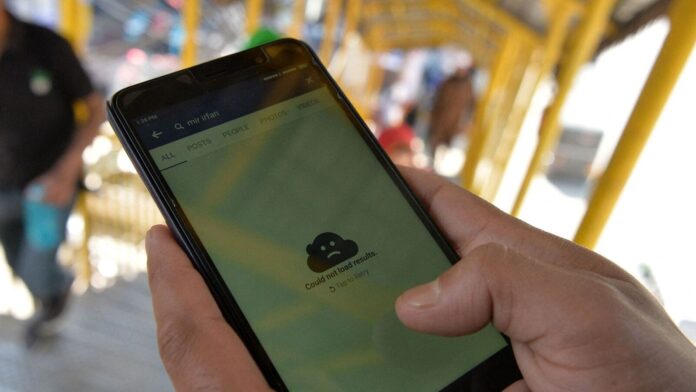Last week, I was in Brazil, and I had the opportunity to spend time with a wide variety of stakeholders who are building digital government services in the country. I came away from those discussions with the impression that, if anything, Brazil might be fast outstripping us in terms of the innovative digital services being provided.
Of particular interest to me was Brazil’s rural environmental registry (Cadastro Ambiental Rural or CAR), a national digital infrastructure initiative that has been designed to promote sustainable land use and encourage environmental preservation.
Thanks to increasingly aggressive agricultural expansion, Brazil faces a significant deforestation challenge. It has already lost as much as 97% of all its native vegetation.
With more and more countries introducing regulations that restrict the sale of unsustainably cultivated produce (such as, for instance, the EU Deforestation Regulation), Brazil’s agricultural exports are at risk unless it can demonstrate compliance with these environmental obligations though some credible verification mechanism.
This is where the CAR registry comes in. Established under Brazil’s Forestry Code, it is a digital framework designed to map, monitor and regulate rural properties around the country to establish a baseline of agricultural activity that can then be used to demonstrate compliance with applicable environmental regulations.
Under the Forestry Code, rural property holders have to self-declare the land they own by uploading detailed geo-referenced information about it into the registry. This includes data on its boundaries, how it is being used as well as other relevant features, such as any forest areas it may extend to, water bodies that pass through it, and other permanent preservation areas (APPs).
Once every last piece of self-declared information has been verified by environmental authorities, CAR will not only establish Brazil’s environmental baseline, it will serve as traceability infrastructure that will provide verifiable evidence of farmers’ compliance with their environmental obligations.
With this, farmers and cattle breeders will have the ground evidence needed to access markets that demand proof of compliance with sustainable practices.
For small producers, it will reduce the transaction costs they would otherwise have had to incur in order to have their products certified as ‘deforestation-free.’ And it will offer consumers an effective tool that they can use to verify the origin of the products they buy.
But the benefits of CAR can extend even further. Now that all this information is available, the government can use it to fashion targeted policy interventions aimed at encouraging sustainable practices.
This could take the form of financial incentives that only become available to those who provably meet their sustainability targets as well as penalties for those who violate their obligations.
Since CAR makes the digital evidence of compliance instantly accessible, regulators can use a carrot-and-stick approach to strike a balance between improving agricultural productivity and ensuring ecological preservation.
CAR’s digital platform is already being used in a number of different ways.
Since data from almost all of Brazil’s rural hinterland has already been self-reported for inclusion in the registry, lenders have started requiring potential borrowers to use it to demonstrate compliance with sustainability obligations before sanctioning agricultural loans.
The more I learnt about CAR, the more I realized that this was technology other countries could use to meet their own sustainability objectives.
While few countries have anything even approaching the extent of forest cover that Brazil has the responsibility to preserve, they all have their own unique ecological challenges that need addressing.
CAR-like systems will not only help them establish the baselines relevant to the ecosystem they are looking to protect, it will also allow them to continuously monitor the effects of their regulatory measures so that they can dynamically adjust them to meet their goals.
At present, CAR is a single monolithic platform with none of the modular, interoperable elements we have come to expect from digital public infrastructure (DPI) in India.
This, I believe, can be remedied in future iterations, allowing it to better integrate with other government digital systems.
Once re-designed as a DPI building block, it will be possible to seamlessly integrate the sustainability benchmarks that CAR makes available with various other digital government solutions.
If released as a DPI model, it will let countries integrate it with verifiable credential wallets for sustainability certificates and use it to make direct benefit transfers for climate relief as well as for a host of other services that the market will no doubt discover.
But perhaps most importantly, it will be a tool regulators can use to develop evidence-based policies in order to address their sustainability goals. With CoP-30 scheduled in Brazil next year, the Brazilian government could use that opportunity to offer the world its first climate-change DPI.
#Digital #public #infrastructure #world #fight #climate #change
